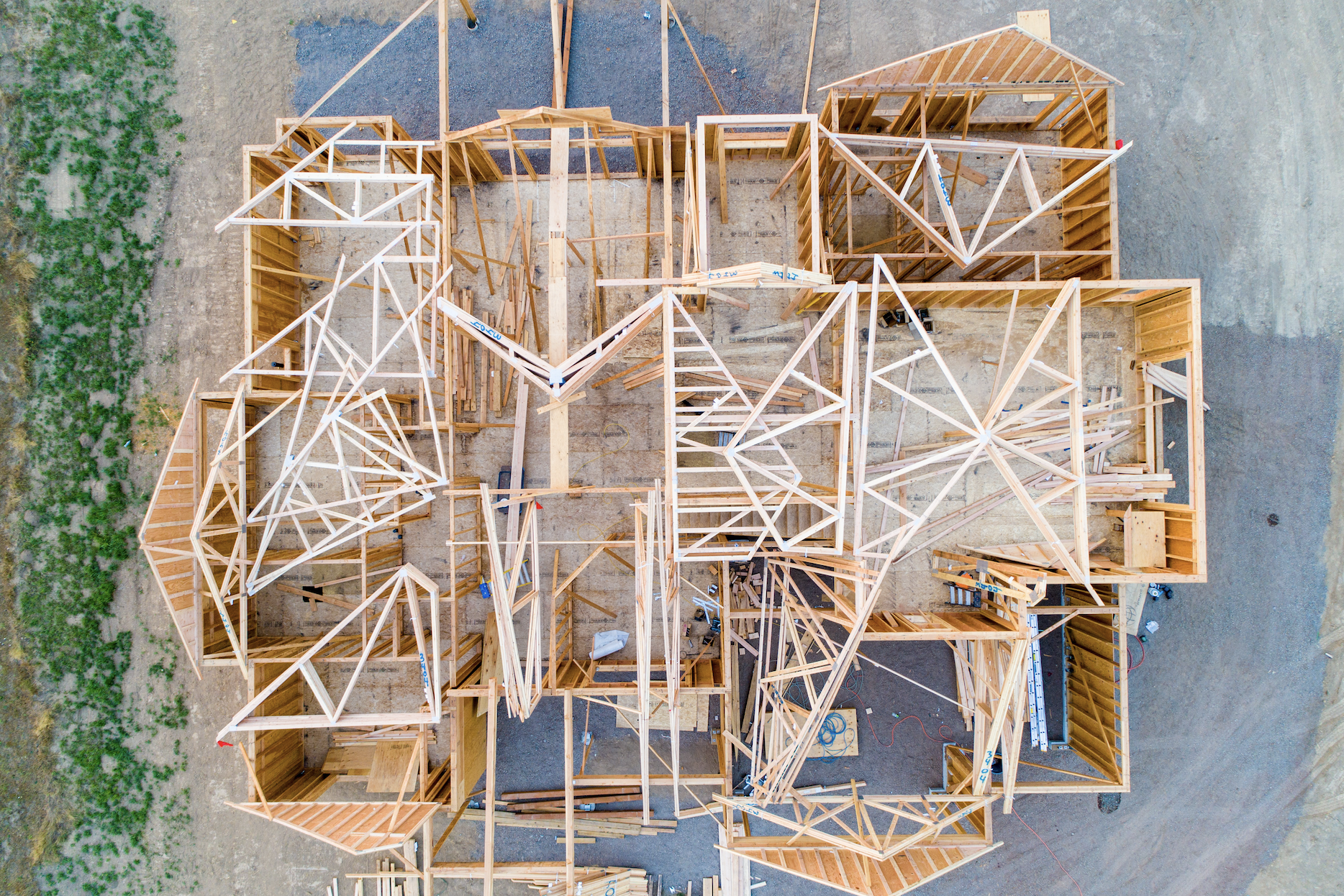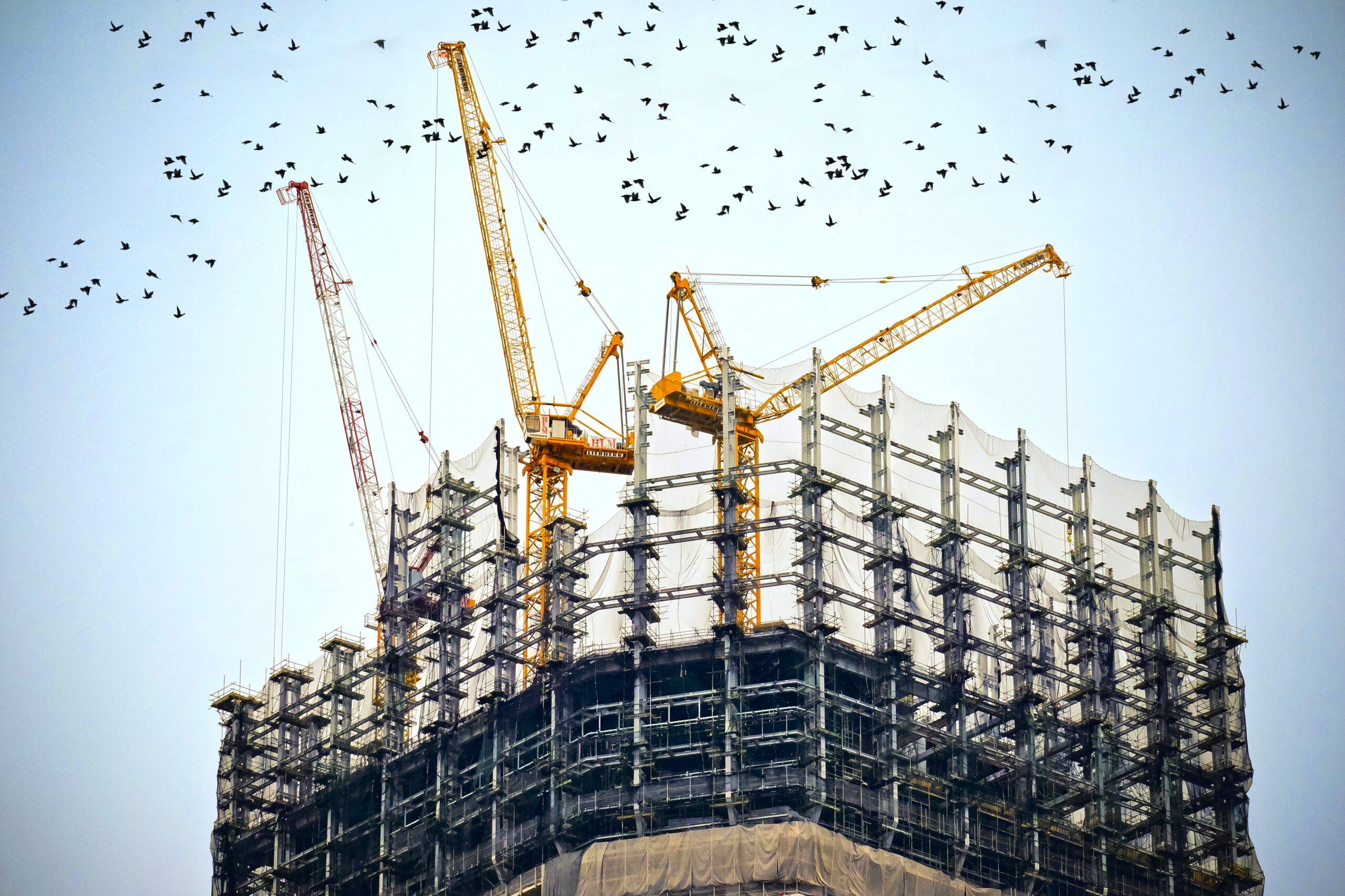If you’re looking to remodel or build a home, chances are you’ve heard to term “load bearing” before. Understanding load-bearing walls are key to planning and designing any home plan or remodel. Here is what you should know about them, and how to identify if a wall is load bearing or not.
What is a Load Bearing Wall?
There are two types of walls in homes, regular walls, and structural walls. A structural wall is one that helps define and maintain the integrity of the home. Load-bearing walls are structural walls that bear the weight of the elements above. Essentially, as the name implies it’s a wall the bears a load. Load-bearing walls are needed to keep a home safe and secure. Without them a home becomes dangerous.
How to Identify a Load Bearing Wall?
Typically homeowners want to know how to identify a load-bearing wall because they want to remove it. It’s usually a good idea to hire a professional to assess a wall before removing them, or you risk making your home structurally unsafe. However, there are a few ways you can check and see if a wall might be load-bearing.
There are a few places to look to tell if a wall is load bearing or not. If you have a basement, start there. Try to locate any structural beams, and if a wall is above these beams chances are it’s probably load bearing. You can also look at the floor joists, either from the basement or from the attic. Load-bearing walls are often perpendicular to floor joists.
How to Remove a Load Bearing Wall?
Regular non-structured walls can easily be DIY removed. However, structural walls need to be professionally assessed by a structural engineer. If you want to remove a load-bearing wall you need to provide support, usually through a beam or post. This can be expensive, so most people leave them alone. Homeowners should never try to remove load bearing walls themselves as they risk damaging the integrity of their home.
Final Thoughts
Getting into the engineering and structure of a home can be challenging to understand. When in doubt about whether a wall is load bearing or not, consult a professional. It’s better to be safe than sorry. If you have questions or want to get started building your dream custom home contact us today!





